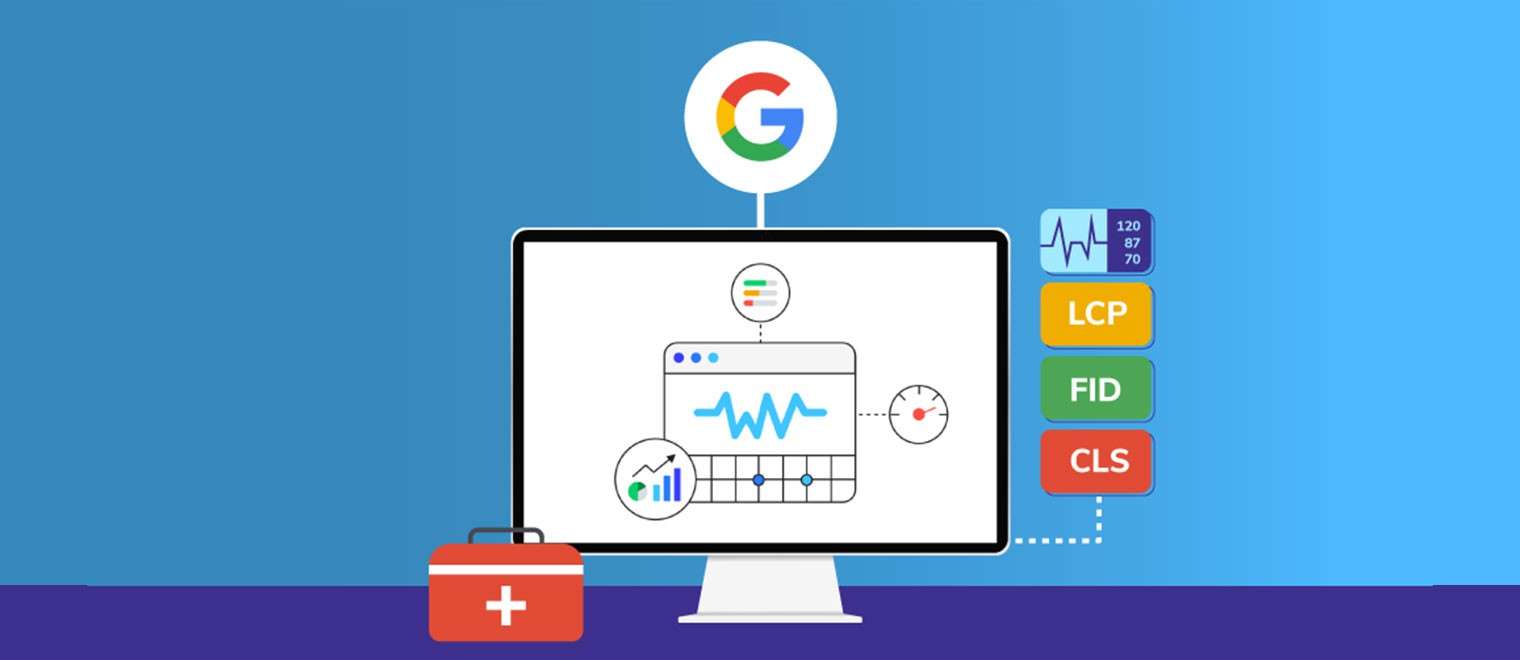In the ever-evolving landscape of SEO (Search Engine Optimization) and user experience, Core Web Vitals have emerged as a critical factor in determining the success and visibility of websites. As Google continues to prioritize user-centric metrics, understanding the impact of Core Web Vitals on both SEO rankings and user experience is essential for webmasters and digital marketers alike. In this comprehensive guide, we'll delve into the significance of Core Web Vitals, their relationship with SEO, and how they influence the overall user experience.
Understanding Core Web Vitals
Core Web Vitals are a set of specific metrics that measure the loading performance, interactivity, and visual stability of web pages. Introduced by Google as part of its Page Experience update, Core Web Vitals provide insights into how users perceive the performance of a website and directly impact its search engine rankings.
Key Metrics of Core Web Vitals
- Largest Contentful Paint (LCP): LCP measures the loading performance of a web page by evaluating the time it takes for the largest content element (such as an image or text block) to become visible to the user.
- First Input Delay (FID): FID measures the responsiveness of a web page by quantifying the delay between the user's first interaction (such as clicking a button or tapping a link) and the browser's response.
- Cumulative Layout Shift (CLS): CLS evaluates the visual stability of a web page by calculating the sum of unexpected layout shifts that occur during the page load. It measures how much content shifts around as the page loads, which can lead to a poor user experience.
Impact of Core Web Vitals on SEO
- Search Ranking Signals: Google has announced that Core Web Vitals will become official ranking signals in its search algorithm starting May 2021. Websites that offer better user experiences, as indicated by favorable Core Web Vitals scores, are likely to rank higher in search engine results pages (SERPs).
- Mobile-First Indexing: With the increasing emphasis on mobile-first indexing, Core Web Vitals play a crucial role in determining a website's mobile search rankings. Websites that prioritize mobile optimization and deliver fast-loading, responsive experiences are more likely to rank well on mobile devices.
- User Experience Signals: Core Web Vitals are a reflection of the overall user experience provided by a website. Google aims to prioritize websites that offer fast-loading, interactive, and visually stable experiences, aligning with its mission to deliver the best possible search results to users.
Improving Core Web Vitals Scores
- Optimize Page Speed: Minimize server response times, optimize resource loading, and leverage techniques such as lazy loading to improve LCP and overall page speed.
- Prioritize Interactivity: Reduce JavaScript execution time, optimize event handlers, and use browser caching to improve FID and enhance interactivity.
- Prevent Layout Shifts: Avoid inserting new content above existing content, specify dimensions for media elements, and defer loading of non-essential resources to minimize CLS and maintain visual stability.
- Use Tools and Analytics: Utilize tools like Google PageSpeed Insights, Lighthouse, and Search Console to measure and monitor Core Web Vitals scores. Identify areas for improvement and prioritize optimizations based on data-driven insights.
Conclusion
Core Web Vitals represent a significant shift in how Google evaluates and ranks websites, placing greater emphasis on user-centric performance metrics. Websites that prioritize Core Web Vitals optimization not only stand to improve their search engine rankings but also deliver better user experiences. By understanding the impact of Core Web Vitals on SEO and user experience, webmasters and digital marketers can take proactive steps to optimize their websites and stay ahead in the competitive online landscape. Embrace Core Web Vitals as a cornerstone of your SEO strategy and ensure that your website delivers fast, responsive, and visually stable experiences that delight users and drive organic traffic.


